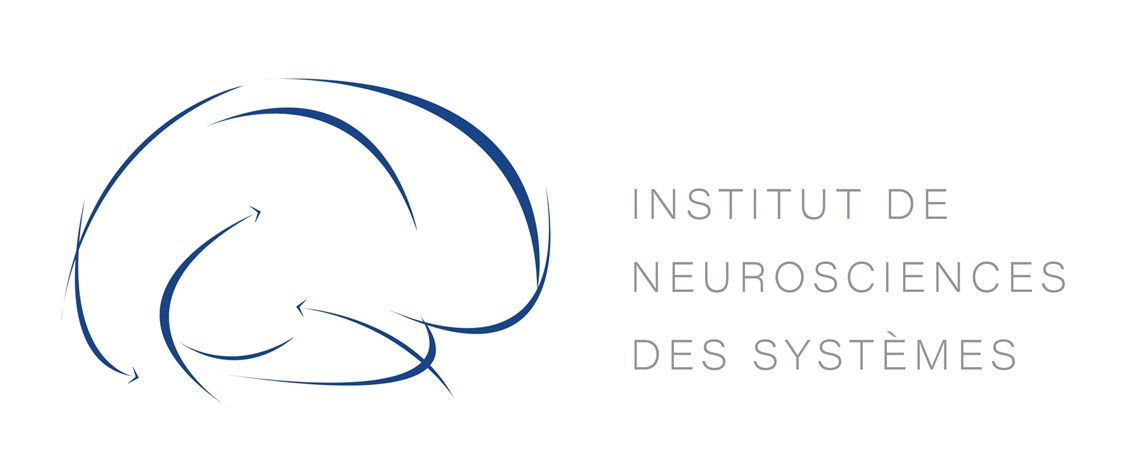Local and network changes after multichannel transcranial direct current stimulation using magnetoencephalography in patients with refractory epilepsy
Résumé
Objective: Non-invasive neuromodulation techniques, particularly transcranial direct current stimulation (tDCS), are promising for drug-resistant epilepsy (DRE), though the mechanisms of their efficacy remain unclear. This study aims to (i) investigate tDCS neurophysiological mechanisms using a personalized multichannel protocol with magnetoencephalography (MEG) and (ii) assess post-tDCS changes in brain connectivity, correlating them with clinical outcomes.
Methods: Seventeen patients with focal DRE underwent three cycles of tDCS over five days, each consisting of 40-minute stimulations targeting the epileptogenic zone (EZ) identified via stereo-EEG. MEG was performed before and after sessions to assess functional connectivity (FC) and power spectral density (PSD),estimated at source level (beamforming).
Results: Five of fourteen patients experienced a seizure frequency reduction > 50 %. Distinct PSD changes were seen across frequency bands, with reduced FC in responders and increased connectivity in non-responders (p < 0.05). No significant differences were observed between EZ network and non-involved networks. Responders also had higher baseline FC, suggesting it could predict clinical response to tDCS in DRE.
Conclusions: Personalized multichannel tDCS induces neurophysiological changes associated with seizure reduction in DRE.
Significance: These results provide valuable insights into tDCS effects on epileptic brain networks, informing future clinical applications in epilepsy treatment.
Fichier principal
 1-s2.0-S1388245724003651-main.pdf (3.16 Mo)
Télécharger le fichier
1-s2.0-S1388245724003651-mmc1.pdf (545.05 Ko)
Télécharger le fichier
1-s2.0-S1388245724003651-main.pdf (3.16 Mo)
Télécharger le fichier
1-s2.0-S1388245724003651-mmc1.pdf (545.05 Ko)
Télécharger le fichier
| Origine | Publication financée par une institution |
|---|


